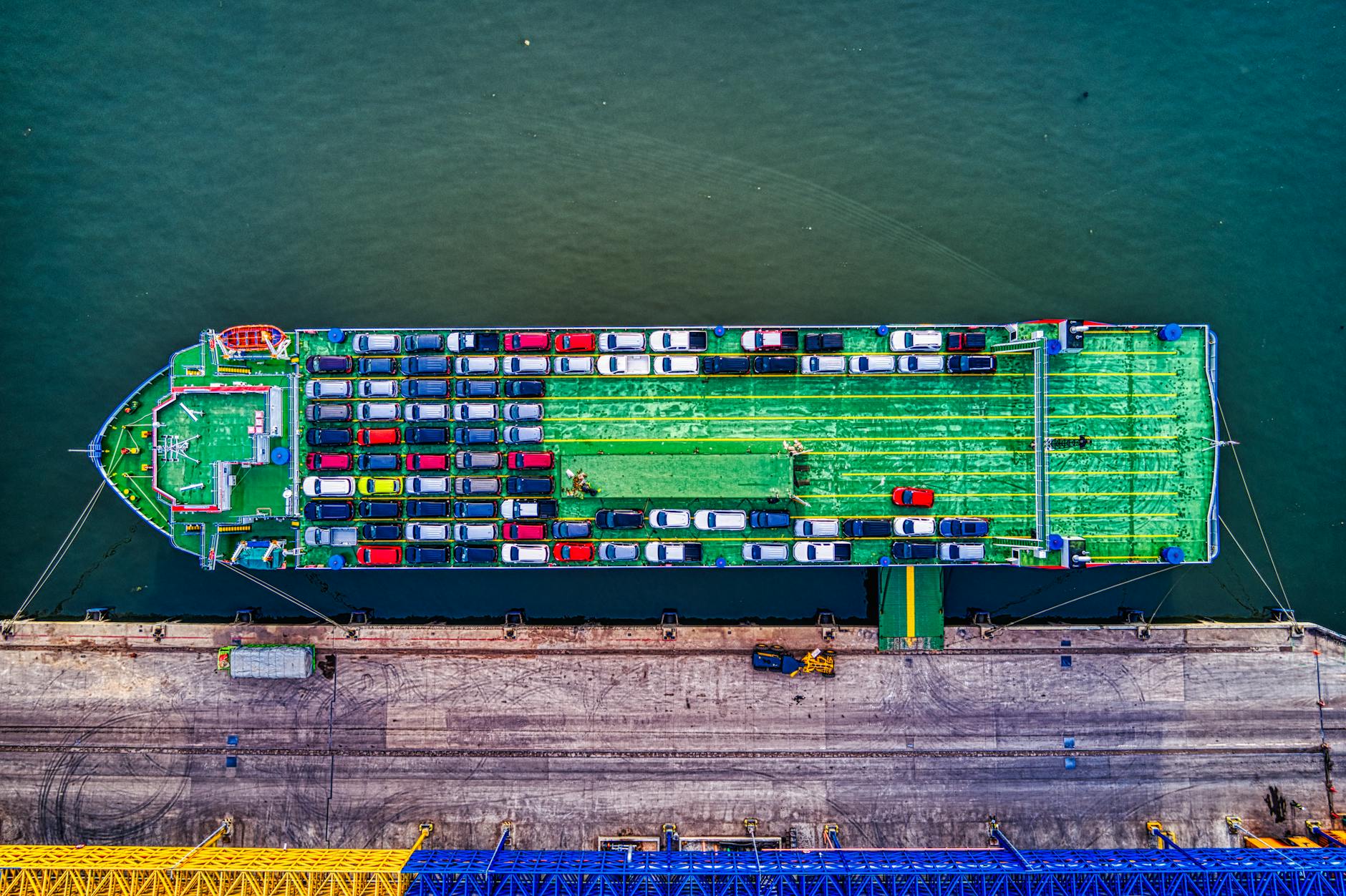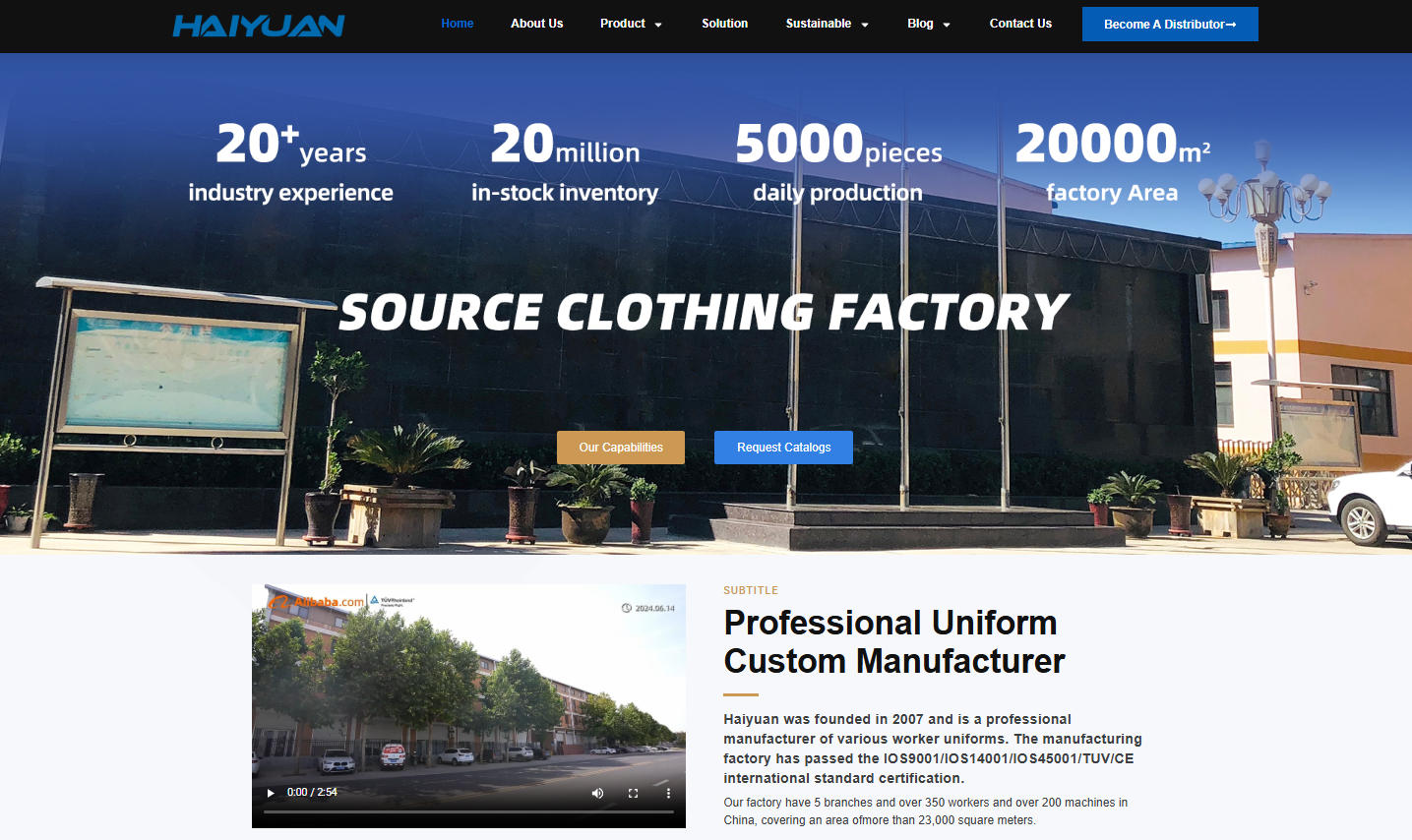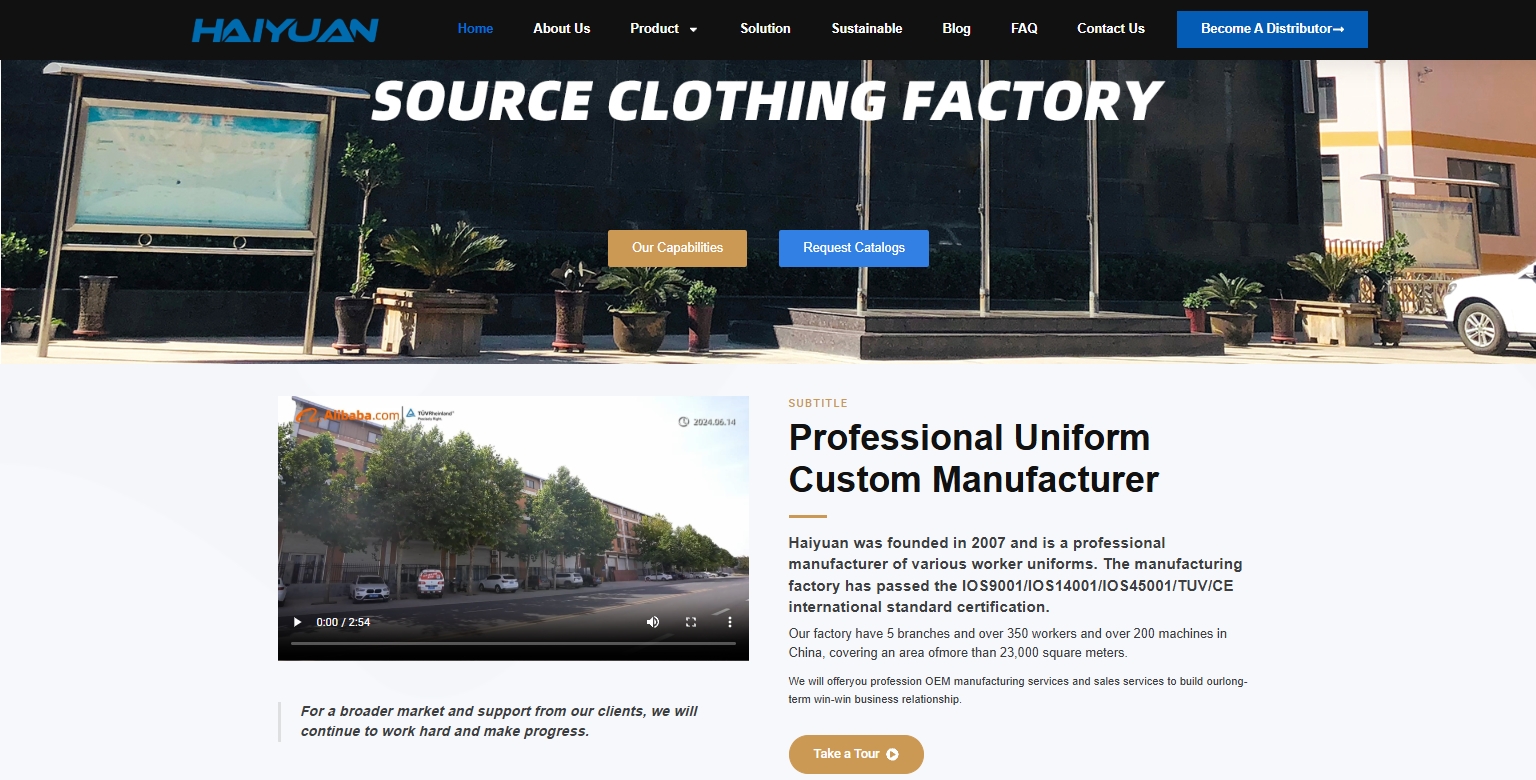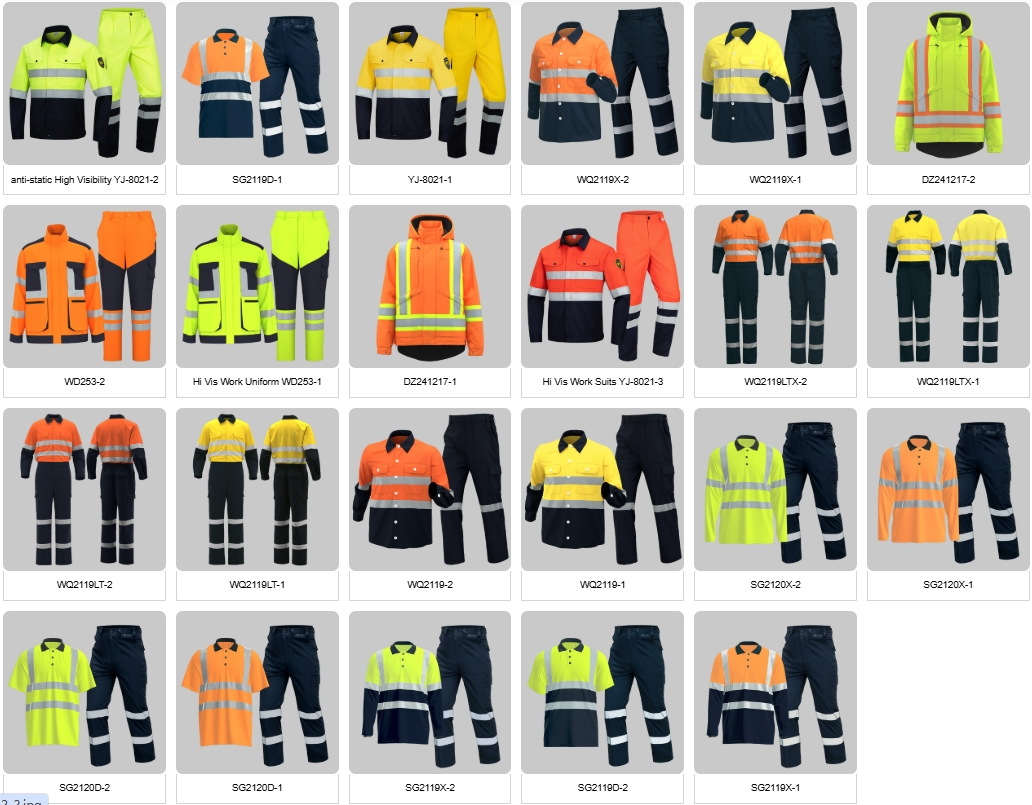Here is a detailed analysis of a Polish company importing custom logo work uniforms from China, reflecting Poland’s strategic position as a key logistics hub in the European Union.
Executive Summary
For a Polish company, this is a highly efficient and well-established supply chain strategy. Poland’s excellent infrastructure, EU membership, and role as a primary gateway for China-Europe trade make the process relatively streamlined. The model leverages China’s cost-effective customization with Poland’s logistical advantages.
The Import Process: Step-by-Step
Phase 1: Sourcing & Planning (in Poland)
-
Define Requirements: The company finalizes uniform designs, fabric types (for Poland’s climate), colors, and logo specifications (embroidery, printing). They must ensure designs comply with EU safety standards if for specific industries (e.g., high-visibility for construction).
-
Supplier Sourcing: Use B2B platforms like Alibaba.com or Made-in-China.com. Attending the Canton Fair is also a highly effective option for Polish importers.
-
Request for Quotation (RFQ): Send detailed specs to multiple suppliers to compare prices, MOQ (Minimum Order Quantity), and production timelines.
Phase 2: Negotiation & Production (with China)
-
Sample Approval: This is a critical step. The Polish company must request and approve a physical sample to check quality, fit, and logo application before mass production.
-
Contract Finalization: Agree on final price, payment terms (e.g., 30% deposit, 70% before shipment), and Incoterms. Common and advantageous terms are FOB (Chinese Port) or EXW (Chinese Factory), giving the Polish buyer control over the main shipping leg.
-
Production & Quality Control: The factory begins production. The buyer should request production updates. A pre-shipment inspection (by a third-party agency) is highly recommended for large orders to ensure quality.

Phase 3: Logistics & Import (The Most Streamlined Phase)
-
Logistics – The Key Advantage: Poland is a central hub for China-Europe logistics, offering multiple efficient routes:
-
Primary Route: China-Europe Railway (The “New Silk Road”). Goods travel by train directly from Chinese cities (e.g., Chengdu, Xi’an) to Polish logistics hubs like Małaszewicze/Malaszewicze (the largest rail transshipment yard in the EU for Chinese goods) or Łódź. This is fast (14-18 days), cost-effective, and reliable.
-
Sea Freight: The most cost-effective for large, non-urgent orders. Goods are shipped from Chinese ports to major European ports like Hamburg (Germany), Rotterdam (Netherlands), or Gdańsk (Poland), then trucked to the final warehouse. Transit time is 30-45 days.
-
Air Freight: Fast but expensive, suitable for samples or urgent, small orders.
-
-
Customs Clearance in Poland (EU):
-
As an EU member, Poland follows Union Customs Code (UCC) procedures. The Polish company must declare the goods to Polish customs, after which they can circulate freely within the EU.
-
Required Documents: Commercial Invoice, Packing List, Bill of Lading (Sea) or Rail Waybill, and Certificate of Origin.
-
EORI Number: The Polish company must have an EORI (Economic Operators Registration and Identification) number to import into the EU.
-
Customs Broker: While not always mandatory for simple goods, hiring a customs broker is highly recommended to handle the EU import declaration, ensure correct HS codes, and pay the applicable import VAT (23% in Poland) and any customs duties.
-
Key Advantages for a Polish Company
-
Cost-Effectiveness: Significant savings on production costs compared to manufacturing in the EU.
-
Superior Logistics: Direct access to the China-Europe railway and modern Baltic seaports (like Gdańsk) provides fast, reliable, and cost-competitive transport options.
-
EU Single Market Access: Once cleared through Polish customs, the goods can be easily sold or distributed to any other EU country without further customs formalities.
-
Customization Expertise: Chinese factories excel at producing small-batch custom items with logos.
Challenges & Risk Mitigation
-
Quality Control Risk:
-
Risk: Receiving goods that do not match the approved sample’s quality.
-
Mitigation: Never skip the sample process. Use a third-party inspection service in China for large orders.
-
-
Language and Communication Barrier:
-
Risk: Misunderstandings in design or specifications.
-
Mitigation: Use clear tech packs with pictures and diagrams. Work with suppliers who have English-speaking staff.
-
-
Logistical Delays:
-
Risk:* Rail or sea freight can face occasional delays due to congestion (e.g., at Małaszewicze) or global port issues.
-
Mitigation: Work with an experienced freight forwarder. Plan for buffer time in your schedule.
-
-
Payment Security:
-
Risk: Sending a deposit to an unknown supplier.
-
Mitigation: Use secure payment methods like Alibaba Trade Assurance or a Letter of Credit (L/C). Start with a smaller trial order.
-
-
EU Compliance and Duties:
-
Risk: Incorrectly declared goods can lead to customs delays and fines. Textiles and clothing are subject to EU import duties.
-
Mitigation: A reliable customs broker will ensure full compliance and correct duty calculation.
-
Strategic Tips for Success
-
Leverage Your Geographic Advantage: Choose your logistics mode wisely. The China-Europe rail is often the best balance of speed and cost for Polish importers.
-
Partner with Experts: Your choice of freight forwarder (specializing in China-Poland routes) and customs broker is key to a smooth process.
-
Build a Supplier Relationship: Find 1-2 reliable factories in China and cultivate a long-term partnership for better pricing and service.
-
Calculate the “Landed Cost”: Factor in the product cost, shipping, insurance, and import duties/VAT to understand your true cost per uniform in Poland.
Conclusion
For a Polish company, importing custom work uniforms from China is a highly strategic, efficient, and profitable business model. Poland’s role as the main European logistics gateway for Chinese goods provides a significant competitive edge.
By combining China’s manufacturing power with Poland’s world-class infrastructure and EU market access, companies can reliably supply the domestic Polish market and the wider EU with high-quality, affordable, and customized workwear. Success depends on standard international trade best practices: diligent supplier vetting, rigorous quality control, and partnering with skilled logistics and customs professionals.
For some insightful reads, we’ve curated a list of recommended articles just for you:
- How do I find a product manufacturer in China?
- How to find cheap manufacturers in China? A guide to avoid pitfalls
- How to complete your first purchase of workwear in China safely and efficiently
- Custom uniforms for Small business
- Choosing the Best Industrial Work Suit
- Ultimate Guide: Best Wholesale Work Clothes in China
- Cut & Sew Customization
- Logo Customize Clonthing Manufacturer
- Labour Uniform manufacturer
- Labor clothing uniform for sale
- Working clothes china wholesale
Can’t find what you’re looking for? Feel free to contact us. We’re here to help 24/7.
Useful links:





